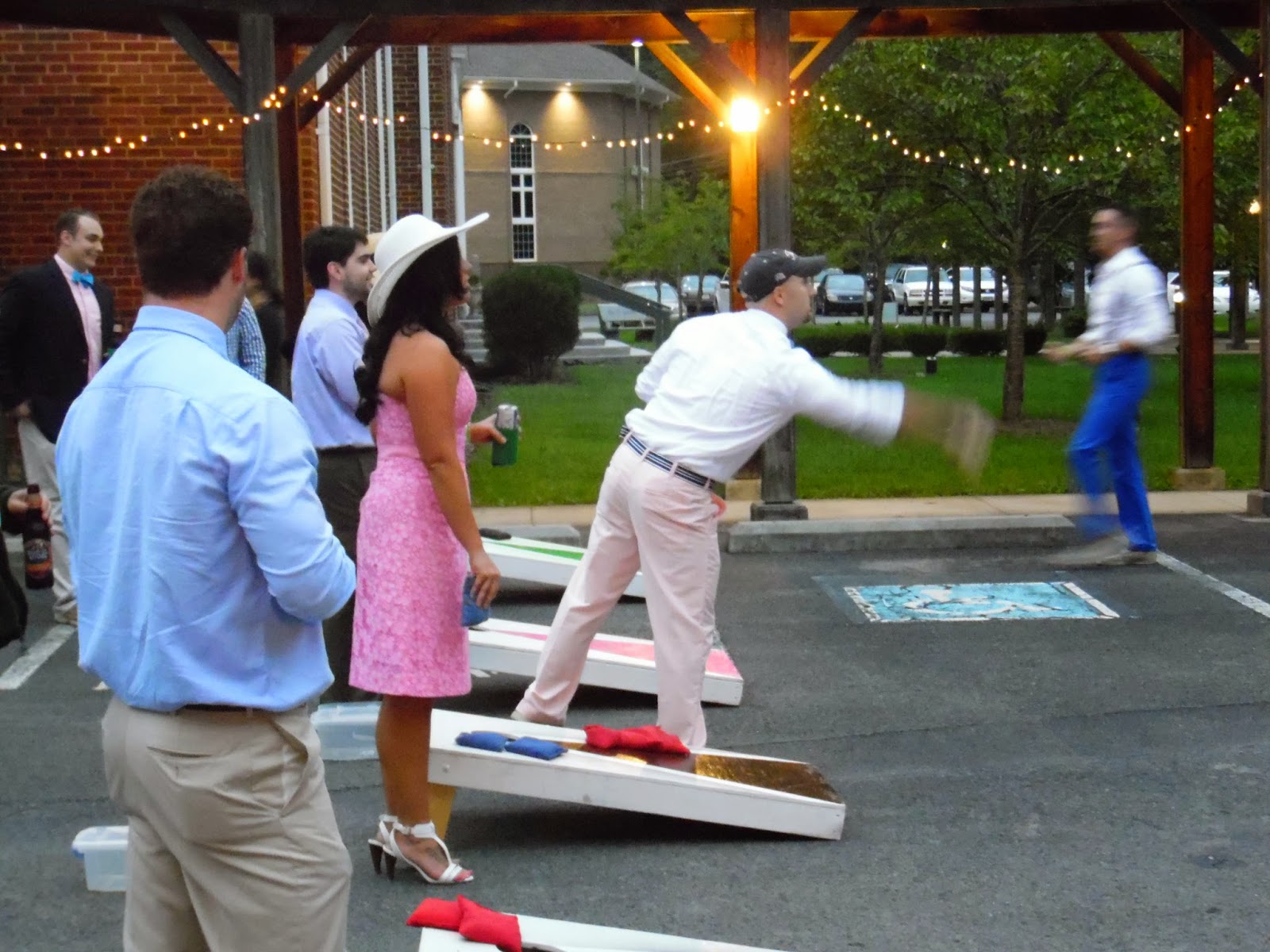Feeling Like a
Master of the Universe!
As many of you know, I spent the last year in a mastermind business coaching program that has made me comfortable with web-based platforms designed to build communities, deliver content, and market services.
I have proved that old dogs can learn new tricks. In fact, this old dog is teaching the new tricks to folks much younger than myself.
My latest focus is on the "flipped" or "blended" classroom. These classes use the best of on-line education married with more traditional classroom approaches.
The Instructional Technology blog from Albany Law School provides a number of links to information about the "flipped" classroom.
Other resources include the following:- Sean F. Nolan, Using Distance Learning to Teach Environmental Problem-Solving Skills and Theory, 28 J. Envt'l Law & Litigation 211 (2013).
- Gerald F. Hess, Blended Courses in Law School: The Best of Online and Face-to-Face Learning, 45 McGeorge L. Rev. 51 (2013).
- Steven C. Bennett, Distance Learning in Law, 38 Seton Hall Legis. J. 1 (2013).
- Dale Dewhurst, The Case Method, Law School Learning Objectives and Distance Education, 6 Can. Legal Educ. Ann. Rev. 59 (2012).
My Experience with Web-Based Learning
In May, I launched the first, or one of the first, web-based training courses for mediators. I called it: Mediation with Heart, Web-Based Training for Change Agents.
It blends recorded video lectures, with slides; weekly discussions, roleplays, or exercises hosted in a Google Hangout; and several binders of written materials. Students also read two text books, one of which has additional video resources demonstrating difference aspects of mediation. Students in that course will complete it by the end of this month.
While I do not yet have their evaluations of the course, based on their on-going comments, they feel they have gotten a high quality training that prepares them well for mediation practice. Several have said that the coverage exceeds what they could have gotten in a traditional 40-hour course, squeezed into a week of live training. I agree.
For one thing, each student received at least three hours of role-play coaching by me. They will do a final, in-person, mediation that will involve over five hours of observation, coaching, and feedback from me. The live courses cannot provide that type of individualized attention. Frankly, if I scale the course, I may price those opportunities separately because they are time consuming and do add significant value to the training.
 For a sample of one of my webinars, follow this link. It discusses confidentiality in mediation.
For a sample of one of my webinars, follow this link. It discusses confidentiality in mediation.
Flipped Law School Classes
This past semester, I introduced my law students in two skills courses to the video webinar lectures that I created for my summer training course. I used two of them as make-up classes. After watching them, students completed a quiz or exercise to prove they had absorbed and could apply the lecture material. They were all especially thankful that we did not need to schedule a make-up class during the busiest part of the semester.
 In my Certified Civil Mediation course, the webinars give me flexibility to focus on skill-building exercises in class. Students can watch the recorded webinars before or after class. In addition, they have access to content that might be more pertinent once they enter the field -- like skillful ways to provide mediator evaluations.
In my Certified Civil Mediation course, the webinars give me flexibility to focus on skill-building exercises in class. Students can watch the recorded webinars before or after class. In addition, they have access to content that might be more pertinent once they enter the field -- like skillful ways to provide mediator evaluations.
Moreover, I am providing links to all the content as added value for those students. Long after students graduate, they will still have access to this recorded content. They can access it when they face difficult issues as mediators.
In addition, students who did not take my 2L Dispute Resolution course can access content I discussed in that course after I reintroduce it in the 3L mediation course. Even students who took my 2L course can review that material.
Other Opportunities for Learning
I've recorded an interview with Bob Creo about "Master Moves" to break impasse in mediation. I blogged about that webinar here. I would like to record more interviews with leaders in the field, especially those ADR professionals practicing in the mid-Atlantic and Southeast states. They are often neglected when others describe the work of mediators.
I also plan using the video webinars to support the educational program of the Virginia Mediation Network. Its Board is planning regional educational opportunities in lieu of its traditional spring conference.
Master of the Universe
When I bought the webinar platform I am using, I felt so empowered! I could now teach a variety of topics to anyone, any where, at any time. This is the future, and students want it. Yes, we need to ensure excellent course design, but clearly the web-based technologies offer opportunities that do not exist in the typical classroom.
October 19, 2014 Update: Resource that might be very helpful as I continue to grow this platform. For those who need help with video/ audio production for training, there is a free course on Udemy . . . . Videos are short and to the point.
November 2, 2014 Update: More on the topic here and here.


































